Cao Lan ethnic minorities maintain papermaking craft
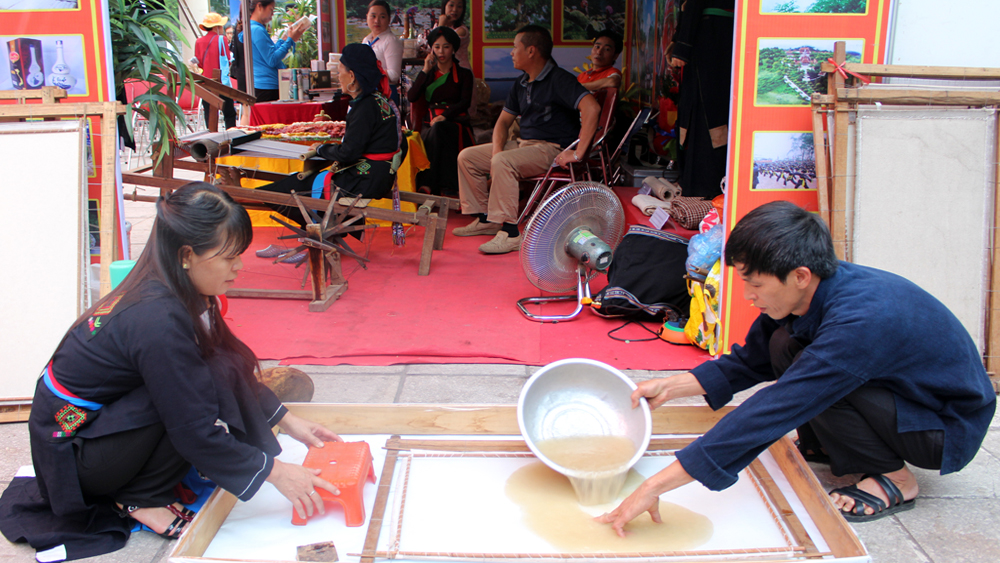 |
|
Spreading pulp on the frame. |
No one knows when Cao Lan people’s papermaking started. The elderly villagers only remembered that when they grew up, they heard pounding by pestles and mortars and paper smashing all day and night.
Since ancient times, local residents have not only bound sheet of papers into a notebook to write but also draw paintings, chisel patterns used in traditional rituals. Each piece of paper is the essence that artisans blow their souls into worshiping works, and the practice of hanging paintings in rituals and festivals.
Duong Van Quang, a villager, said because of the passion for the traditional craft, he persistently learned it from Tong Van Xach, who was the most skilled artisan in the region and has passed away. So far, he has made quality products.
Cao Lan “do” papers in Khe Nghe have the advantage of toughness, firmness and easy ink catching without smudging. Though the papers are coarser than those made in other areas in the country such as Buoi in Hanoi and Phong Khe in Bac Ninh,
The main material used to make the papers is barks of “do day” trees, locally called as “
Papermaking tools are simple and self-invented for family use. The most basic one is a square frame made from four bamboo or reed sticks, in the middle of which is a thin fabric, often 60cm x1.2m. Others include a cooker and a basin holding water mixed with pulp.
The last step is spreading pulp on the fabric frame which is difficult because it requires skills. Local residents use the scoop to spread pulp on the frame, then shake them for even spread. When the pulp is evenly distributed, the frame should be tilted, then looking for a clean and sunny area to dry the papers. While drying, put the frame flat so that papers will be smooth and even.
Made by skillful hands of Cao Lan residents in their secret process, “do” papers are
Today, Cao Lan “do” papermaking is not as prevalent as in the past, but several families still preserve the traditional craft to maintain the intangible cultural heritage passed on by their ancestors.
Bao Anh
 Bắc Ninh
Bắc Ninh

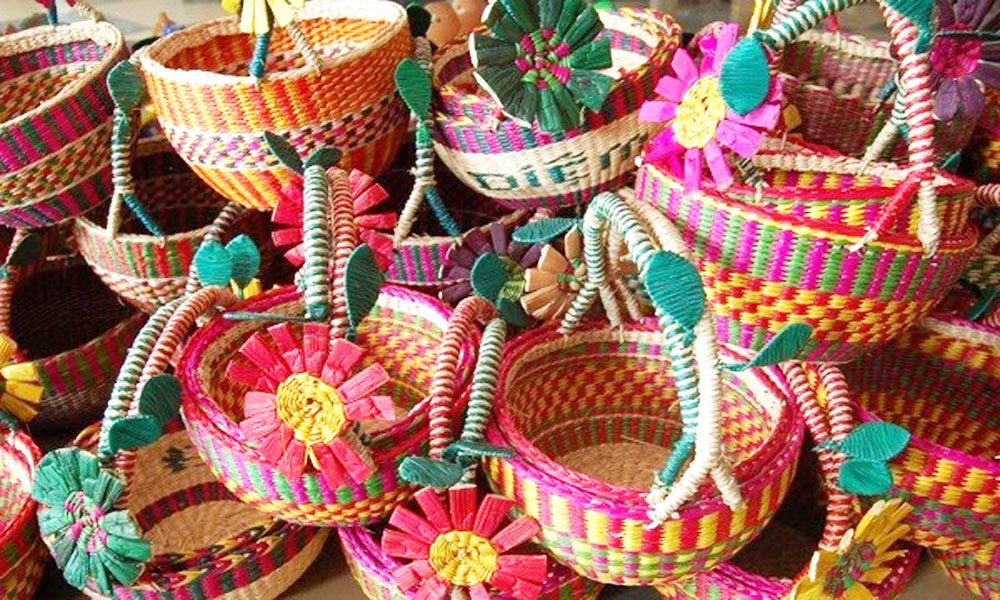

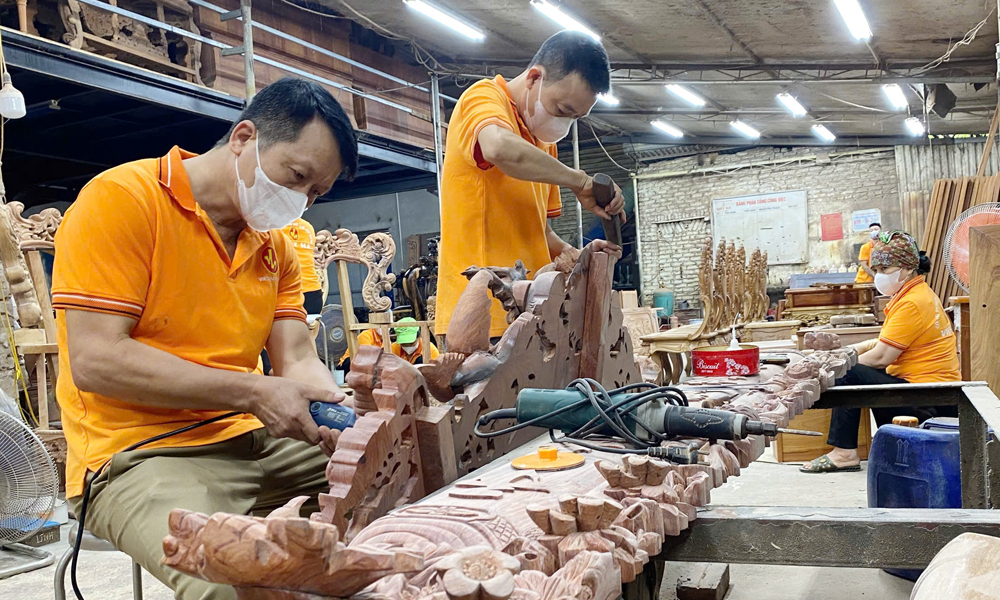

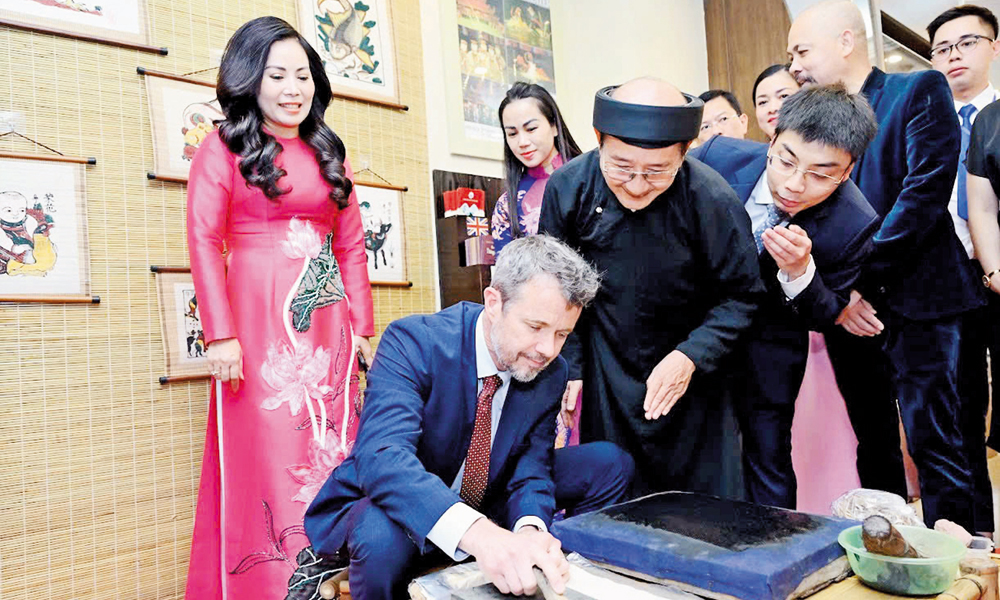
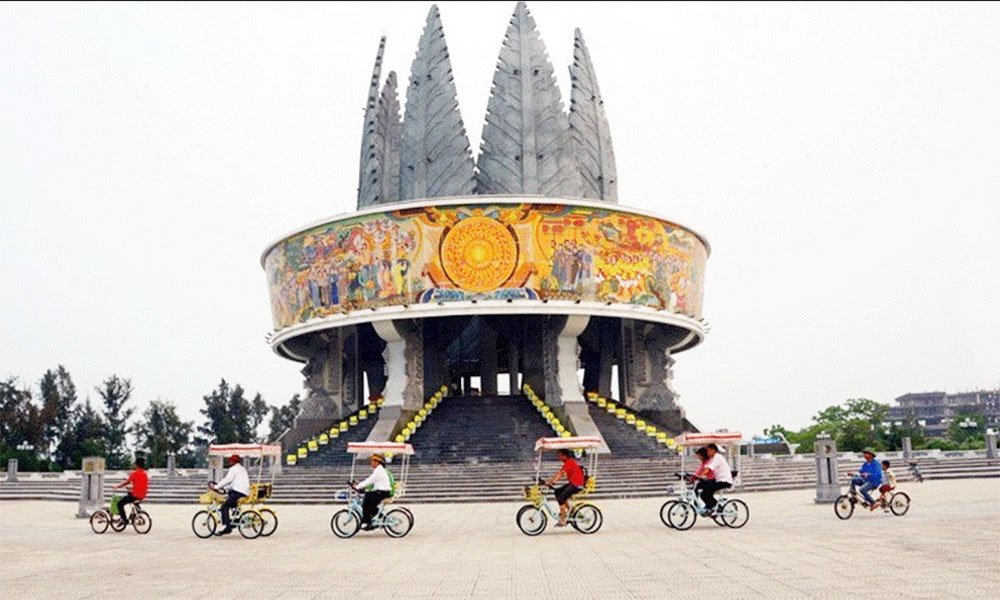
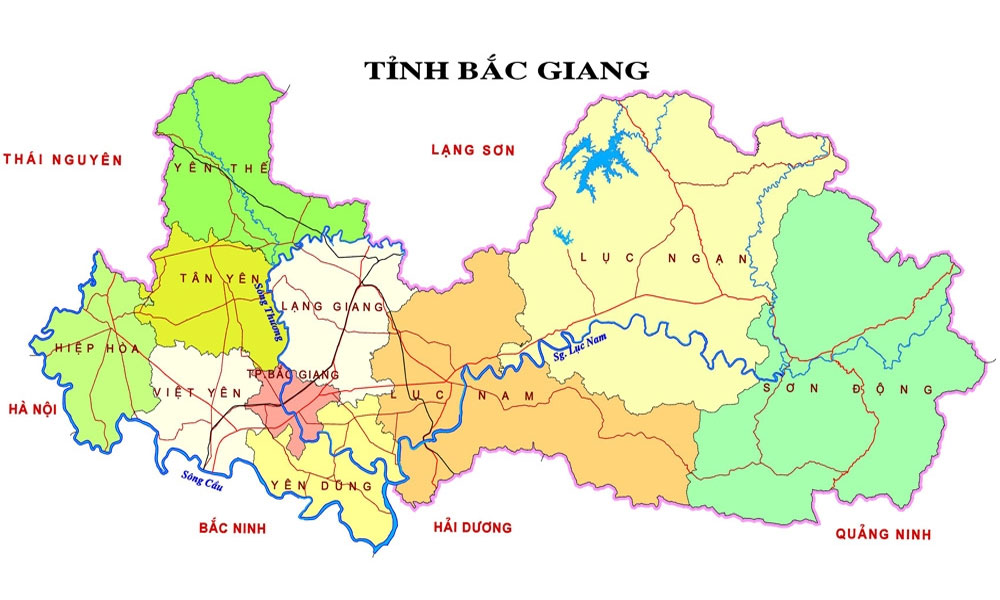


Reader's comments (0)